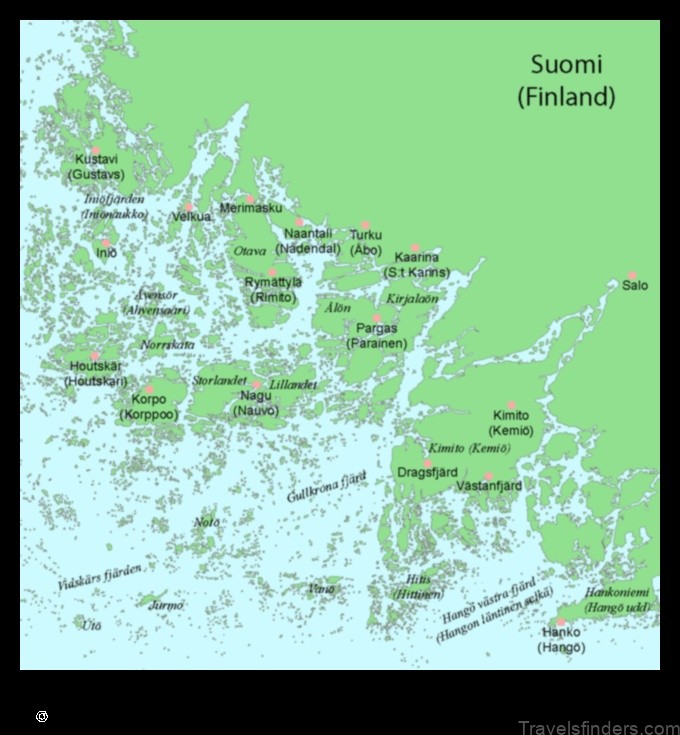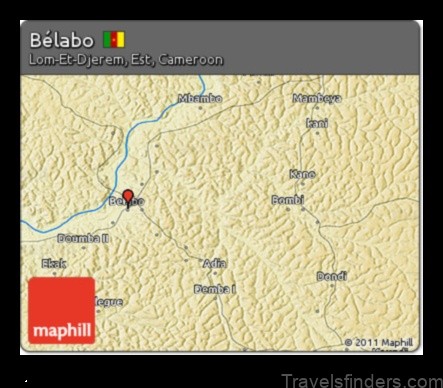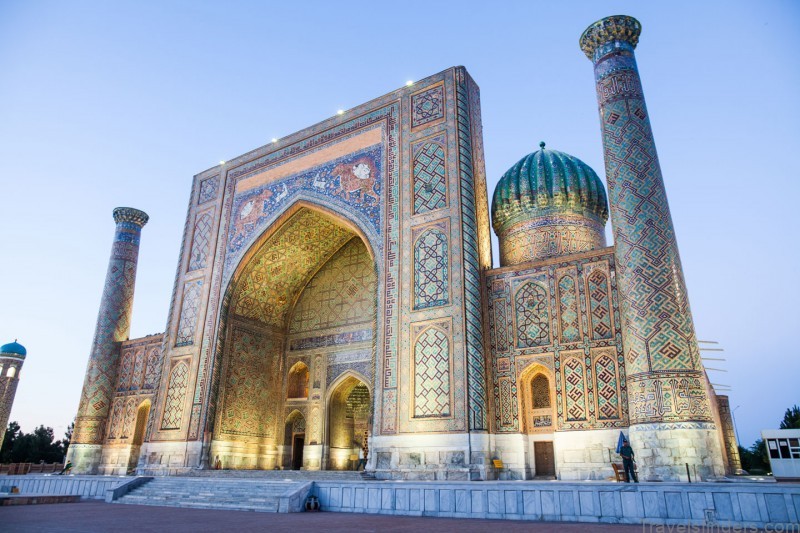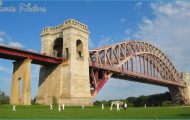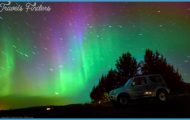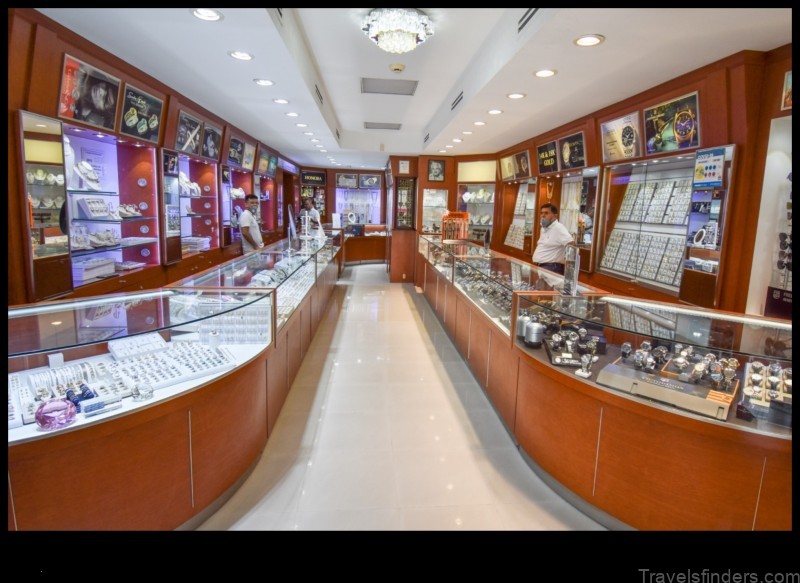
Map of Antigua and Barbuda
Antigua and Barbuda is a Caribbean island country located in the Lesser Antilles. It is composed of two major islands, Antigua and Barbuda, as well as several smaller islands. The capital of Antigua and Barbuda is St. John’s.
Antigua and Barbuda has a total area of 442 square kilometers (171 square miles). The country’s population is approximately 80,000 people.
The climate of Antigua and Barbuda is tropical. The average temperature is 27°C (80°F). The rainy season is from June to November.
Antigua and Barbuda was first settled by the Arawaks in the 1st century AD. The islands were later colonized by the Spanish, the British, and the French. Antigua and Barbuda gained independence from the United Kingdom in 1981.
The official language of Antigua and Barbuda is English. The country’s currency is the East Caribbean dollar.
The economy of Antigua and Barbuda is based on tourism, agriculture, and manufacturing. The country is a popular tourist destination due to its beautiful beaches, clear waters, and lush rainforests.
Antigua and Barbuda is a member of the United Nations, the Commonwealth of Nations, and the Organization of American States.
| Topic | Answer |
|---|---|
| Introduction | Antigua and Barbuda is a Caribbean island nation located in the Leeward Islands. It is composed of two major islands, Antigua and Barbuda, as well as several smaller islands. |
| Geography | Antigua and Barbuda has a total land area of 442 square kilometers (171 square miles). The country’s capital is St. John’s, which is located on the island of Antigua. |
| Climate | Antigua and Barbuda has a tropical climate with warm, humid weather year-round. The average temperature ranges from 25°C to 32°C (77°F to 89°F). |
| History | Antigua and Barbuda was first settled by the Arawak people in the 1st century AD. The islands were later colonized by the Spanish, British, and French. Antigua and Barbuda gained independence from the United Kingdom in 1981. |
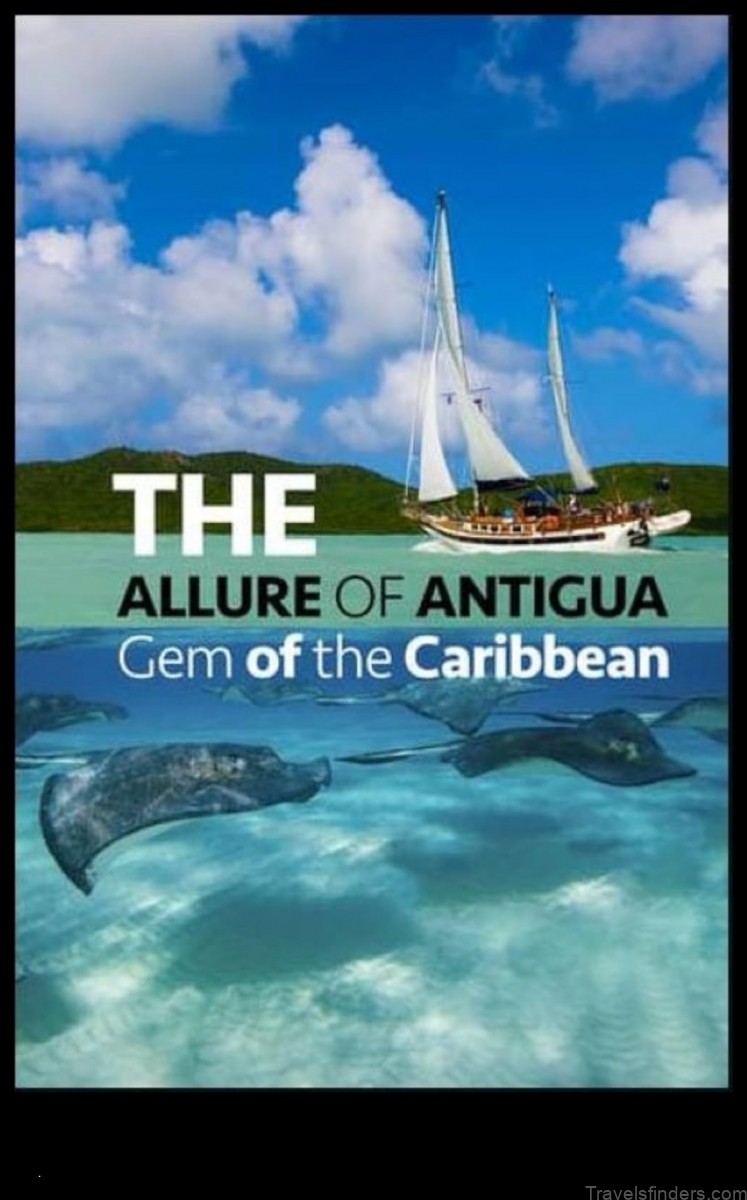
Geography
Antigua and Barbuda is a country in the Caribbean Sea. It consists of two main islands, Antigua and Barbuda, as well as several smaller islands. The total land area of the country is 442 square kilometers (171 square miles).
Antigua is the largest island, with a land area of 280 square kilometers (108 square miles). It is located about 1,600 kilometers (1,000 miles) southeast of Florida. The island is mostly flat, with a few hills in the interior. The highest point is Boggy Peak, which reaches an elevation of 402 meters (1,319 feet).
Barbuda is the second-largest island, with a land area of 162 square kilometers (62 square miles). It is located about 40 kilometers (25 miles) northeast of Antigua. The island is mostly flat, with a few hills in the interior. The highest point is Mount Tabor, which reaches an elevation of 370 meters (1,214 feet).
The climate of Antigua and Barbuda is tropical, with warm weather year-round. The average temperature is 27 degrees Celsius (80 degrees Fahrenheit). The rainy season runs from June to November, and the dry season runs from December to May.
The population of Antigua and Barbuda is about 100,000 people. The majority of the population is of African descent. The official languages are English and Antiguan Creole. The currency is the East Caribbean dollar.
III. Climate
The climate of Antigua and Barbuda is tropical, with average temperatures ranging from 24 to 30 °C (75 to 86 °F). The rainy season runs from June to November, with the driest months being December to May. The average annual rainfall is around 1,000 mm (39 in).
The climate is influenced by the trade winds, which bring in warm, moist air from the Atlantic Ocean. The winds also help to moderate the temperature, making the climate more comfortable than in other parts of the Caribbean.
The hurricane season runs from June to November, and Antigua and Barbuda is at risk of being hit by hurricanes. However, the islands have been spared from major hurricanes in recent years.
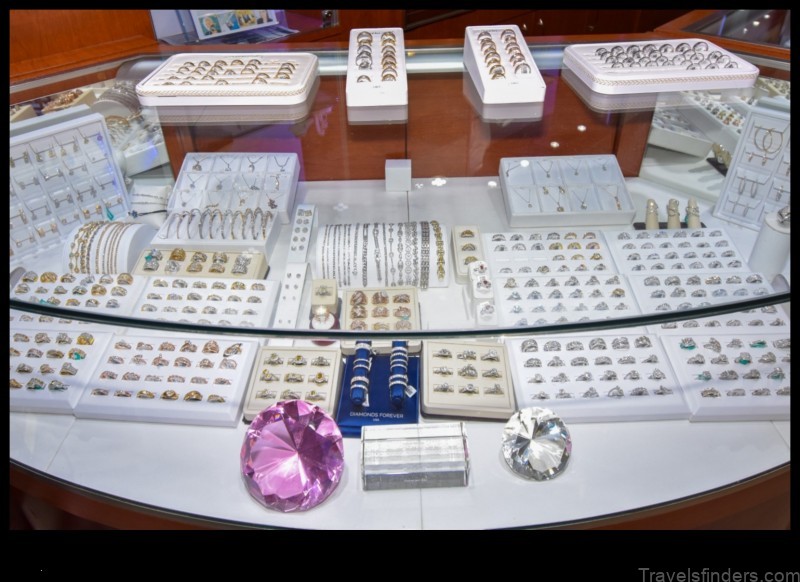
IV. History
Antigua and Barbuda has a rich history dating back to the 16th century. The islands were first settled by the British in 1632, and they remained a British colony until 1981. During this time, the islands were a popular destination for pirates and privateers. In 1981, Antigua and Barbuda became an independent country.
The capital of Antigua and Barbuda is St. John’s. The official language is English, and the currency is the East Caribbean dollar. The population of Antigua and Barbuda is approximately 100,000 people.
The economy of Antigua and Barbuda is based on tourism, agriculture, and fishing. The country is also a popular offshore financial center.
Antigua and Barbuda is a member of the United Nations, the Commonwealth of Nations, and the Organization of American States.
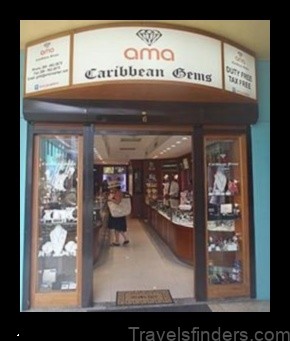
V. Culture
Antigua and Barbuda’s culture is a blend of African, British, and Caribbean influences. The country’s music, dance, and cuisine are all influenced by these cultures.
The music of Antigua and Barbuda is a mix of traditional African music and European folk music. The most popular musical genres are calypso, soca, and reggae.
The dance of Antigua and Barbuda is also a mix of traditional African and European dance. The most popular dances are limbo, quadrille, and cakewalk.
The cuisine of Antigua and Barbuda is a mix of traditional African, British, and Caribbean dishes. The most popular dishes are saltfish and ackee, goat water, and johnnycakes.
Antigua and Barbuda’s culture is a vibrant and diverse one that is influenced by its rich history and its location in the Caribbean.
VI. Government
The government of Antigua and Barbuda is a parliamentary democracy. The head of state is the Queen of England, who is represented by a governor-general. The prime minister is the head of government and is appointed by the governor-general. The parliament is bicameral, consisting of the House of Representatives and the Senate. The House of Representatives has 17 members, who are elected by the people of Antigua and Barbuda. The Senate has 17 members, who are appointed by the governor-general.
VII. Economy
The economy of Antigua and Barbuda is based on tourism, agriculture, and offshore financial services. The country is a popular tourist destination, with its beautiful beaches, coral reefs, and historical sites. The agricultural sector is small, but it produces a variety of crops, including bananas, plantains, and coconuts. The offshore financial services sector is also important to the economy, and it provides jobs for many people.
The government of Antigua and Barbuda is committed to economic development, and it has implemented a number of policies to promote growth. These policies include tax incentives for businesses, investment in infrastructure, and support for the tourism industry. The government is also working to diversify the economy and reduce its reliance on tourism.
The economy of Antigua and Barbuda is expected to continue to grow in the coming years. The tourism industry is expected to remain strong, and the government’s efforts to diversify the economy are expected to bear fruit. The country is also well-positioned to benefit from the global economic recovery.
Population
The population of Antigua and Barbuda is estimated to be 108,000 people. The majority of the population is of African descent, with a significant minority of European and East Indian descent. The official languages of Antigua and Barbuda are English and Antiguan Creole. The capital and largest city is St. John’s.
IX. Language
The official languages of Antigua and Barbuda are English and Antiguan Creole. English is the language of government, education, and the media. Antiguan Creole is a creole language that is based on English and is spoken by the majority of the population. It is a mixture of English, West African languages, and Portuguese.
Antiguan Creole is a vibrant and expressive language that is used in everyday conversation, music, and literature. It is a valuable part of Antiguan culture and heritage.
The following is a list of some common words in Antiguan Creole:
- bway – boy
- gyal – girl
- mama – mother
- papa – father
- wok – work
- eat – eat
- drink – drink
- sleep – sleep
- go – go
- come – come
X. FAQ
Here are some frequently asked questions about Antigua and Barbuda:
Question 1: What is the capital of Antigua and Barbuda?
Answer 1: St. John’s
Question 2: What is the population of Antigua and Barbuda?
Answer 2: Approximately 100,000
Question 3: What is the official language of Antigua and Barbuda?
Answer 3: English

